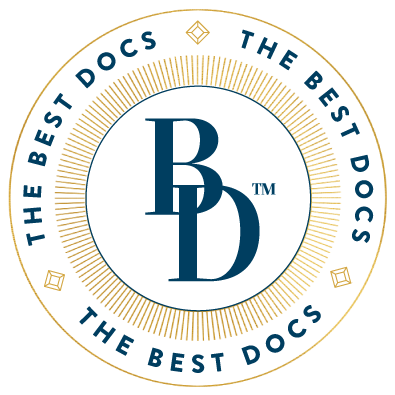Spinal Fusion Surgery Highly Effective – When It’s Actually Needed
Here’s a deeply guarded secret about spinal fusion surgery: Few people with chronic back problems actually need it.
The best spine surgeons usually hesitate to operate on a patient, opting first for conservative, nonsurgical measures before determining surgery is the best route. This compelling perspective comes from Dr. Venkat Sethuraman – a Dallas-based Board Certified Orthopedic Surgeon, Fellowship-Trained Spine Surgeon and recognized Top Doctor in the field of spinal surgery – whose more than 20 years of experience also lends key insights into why spinal fusion can work wonders for the right patients when used judiciously.
The first task is understanding what spinal fusion means and the back problems it can correct, Dr. Sethuraman says. As the name implies, the procedure – whether done in the neck area or lower back – fuses or joins vertebrae in the spine to eliminate damaging motion that triggers chronic back pain. Typically, spinal fusion is performed to address an “incompetent disc,” which can press painfully on the spinal cord or surrounding nerves as well as cause instability that can permanently damage those structures.
Back problems that can lead to an incompetent disc include conditions such as a bulging or herniated disc, disc tears, degenerative disc disease, a narrowing of spaces surrounding spinal nerves, or failed back or neck surgery. But even when these conditions are present, “for every 20 patients I see, maybe one needs a fusion,” Dr. Sethuraman points out. Misconceptions about the procedure abound, chiefly that “they’re bad, when actually they’re the gold standard of care.”
“We’re talking about a minimally invasive procedure with very little downtime, little pain, and the recovery is almost instantaneous,” he adds. “You can’t get a better triad of the effects we hope to see.”
“We’re talking about a minimally invasive procedure with very little downtime, little pain, and the recovery is almost instantaneous.”
Determining which patients might benefit from spinal fusion starts with a thorough examination, including learning about their history of back pain, how much it disrupts daily life, and whether neurological symptoms such as numbness, tingling or weakness are present. From there, X-rays and advanced imaging tests such as MRI should all confirm an underlying spinal disorder before Dr. Sethuraman feels comfortable and confident proceeding with surgery.
“I try to tailor treatment to the individual patient. Some go through a whole regimen of therapies and others have to go straight to surgery,” Dr. Sethuraman explains. “But let’s do as little as possible. When I’m a patient, I tell my doctor, ‘I don’t mind going to the rodeo, but let’s make this a one-time event.’”
He performs spinal fusions through a “mini open” approach, meaning small incisions are made to access the spine and surrounding nerves. But minimally invasive surgery such as this is also defined by shorter operating times that lower the chances of infection, excess bleeding or other surgical complications that can hamper recovery.
In addition to using surgical hardware to fuse the vertebrae, Dr. Sethuraman creates a “bone bridge” between them by inserting a bone product combining cadaver bone, a protein matrix and stem cells that’s a far better long-term fix than using metal screws and plates alone.
He warns back pain sufferers against seeing doctors marketing themselves as “laser spine specialists,” since using lasers during spine surgery is completely unnecessary and won’t improve results. It’s also wise to seek out practitioners who are Board Certified in Orthopedic Surgery and Fellowship Trained in Spine Surgery.
“Spine surgeries tend to be overdone,” he says. “Some patients see me who had a fusion elsewhere and didn’t do well, but when I look at their pre-operative imaging I wonder why it was ever done. You have to be cautious.”



